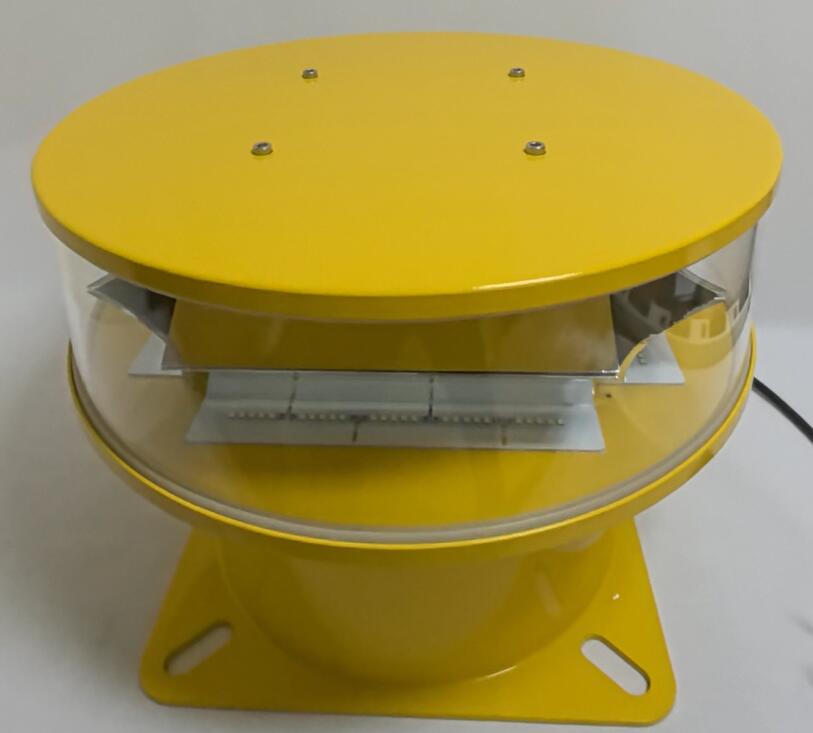The Vital Role of Obstruction Lights in Aviation Safety
Obstruction lights serve a critical function in aviation and infrastructure safety. These specialized lights are installed on tall structures—such as buildings, towers, wind turbines, and bridges—to warn pilots of potential obstacles, especially during low visibility conditions. Understanding the meaning of obstruction lights goes beyond their basic definition; it involves recognizing their importance in preventing collisions and ensuring safe air navigation.
What Are Obstruction Lights?
Obstruction lights, also known as aviation warning lights, are high-intensity lighting devices designed to make tall structures visible to aircraft pilots. They emit red or white flashes to indicate the presence of an obstacle, particularly at night or in adverse weather conditions. The International Civil Aviation Organization (ICAO) and the Federal Aviation Administration (FAA) have established strict guidelines for their use, ensuring uniformity and effectiveness worldwide.
Types of Obstruction Lights
There are several types of obstruction lights, each serving a specific purpose:
Low-Intensity Obstruction Lights (L-810) – Used for structures under 45 meters (148 feet) in height. These steady-burning red lights are common on buildings in urban areas.
Medium-Intensity Obstruction Lights (L-864/L-865) – Employed for structures between 45 and 150 meters (492 feet). They can be red or white and may flash to enhance visibility.
| obstruction light |
High-Intensity Obstruction Lights (L-856/L-857) – Required for structures exceeding 150 meters, such as skyscrapers and telecommunication towers. These bright white strobe lights are visible from long distances.

Dual Lighting Systems – Some structures use a combination of red lights at night and white strobes during the day to maximize visibility under varying conditions.
Why Are Obstruction Lights Essential?
The primary purpose of obstruction lights is to prevent mid-air collisions and ensure the safety of both manned and unmanned aircraft. Key reasons for their importance include:
Enhanced Visibility – Pilots rely on these lights to identify obstacles, especially in poor weather or darkness.
Regulatory Compliance – Governments and aviation authorities mandate their installation to meet safety standards.
Prevention of Disasters – Without proper lighting, tall structures pose a significant risk to low-flying aircraft, helicopters, and drones.
Technological Advancements in Obstruction Lighting
Modern obstruction lights have evolved to become more energy-efficient and reliable. LED technology has replaced traditional incandescent bulbs, offering longer lifespans and lower power consumption. Additionally, smart lighting systems now incorporate sensors and automation, adjusting brightness based on environmental conditions. Some systems even integrate with air traffic control networks for real-time monitoring.
Challenges and Future Developments
Despite their effectiveness, obstruction lights face challenges such as light pollution and maintenance requirements. Researchers are exploring solutions like adaptive lighting systems that minimize glare while maintaining safety. The rise of urban air mobility (e.g., drones and air taxis) will further increase the demand for advanced obstruction lighting systems.
The meaning of obstruction lights extends far beyond their simple definition—they are a fundamental component of aviation safety. By marking hazardous structures and guiding pilots, they play an indispensable role in preventing accidents and ensuring smooth air traffic operations. As technology advances, these lights will continue to evolve, adapting to new challenges in an increasingly crowded airspace.
Understanding their significance underscores why obstruction lights remain a non-negotiable element in modern infrastructure and aviation safety protocols.
